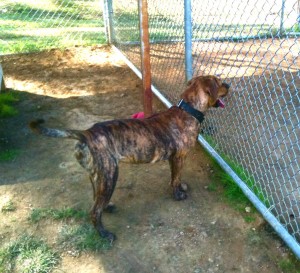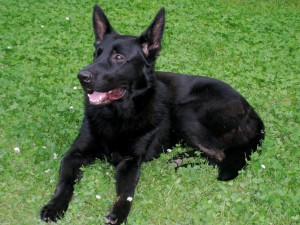 Common submissive dog behaviors include lowering of head, tail, body, or rolling over and exposing the underside.
Common submissive dog behaviors include lowering of head, tail, body, or rolling over and exposing the underside.
Many people believe they are teaching their dogs by scolding. They place items the dog destroyed into their outstretched hands, fuss at the dogs, and the dogs cower away.
The people support their misbeliefs by the phrase, “She knows what she did because she looked guilty when I held up the item.”
Say, I don’t know what your dog is thinking, nor do you. But I do know this.
Submissive behaviors are not an admission of guilt. These behaviors are your dog’s way of saying, “Please discontinue your attack, I mean you no harm”.
If you do not believe me, try this. Show your dog an item, any item with no previous relevance to the dog, push it towards your dog and fuss. He or she will react with the same submissive behaviors you see when you are fussing about a naughty event. If the dog knows right and wrong, why did he or she exhibit submissive behaviors when you held an unfamiliar item and fussed?
Teaching by scolding is not very efficient.
It’s like allowing your 3 year old child to run into the street so you can spank him or her. Everyone can agree. That would be ridiculous. Parents of a 3 year old child focus on preventing their 3 year old child from running into the street. They know that one day, the child will be old enough to cross the street without an adult. But now, the kid is too young and “untrained” to be near the street unattended. One day, the parents will teach the child the skills needed to cross the busy street. Until then, the child is closely supervised.
Happy Training!
The dog in the picture is William Wallace Winkie. CLICK HERE to watch a video of Winkie playing outside!
You can adopt this guy from Collierville Animal Services in Collierville TN.
Reactive Dog Seminars

